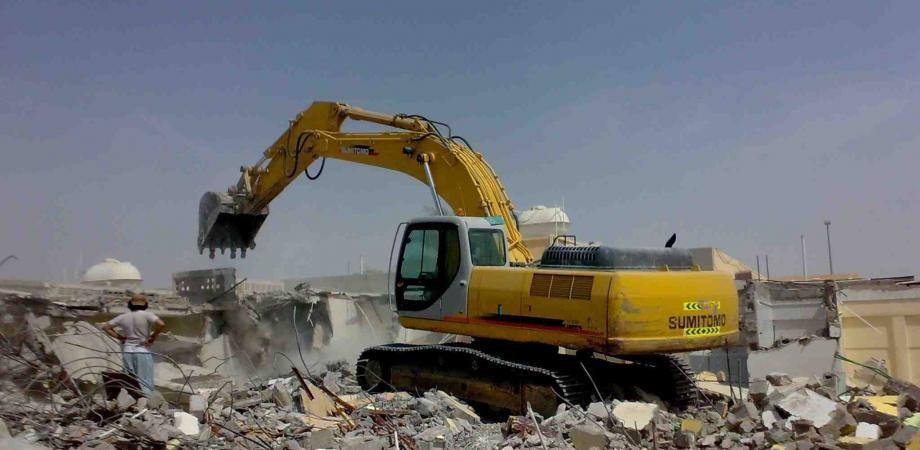Israeli authorities demolished, seized or forced the demolition of 26 Palestinian-owned structures across the West Bank and East Jerusalem for lacking building permits, displacing 27 people, including 13 children, and otherwise affecting more than 1,200 Palestinians, according to the latest Protection of Civilians report by the United Nations Office for the Coordination of Humanitarian Affairs (OCHA) in the occupied Palestinian territory and covering the period between June 15 and 29.
It said that on 29 June, the Israeli occupation authorities demolished two Palestinian-owned structures in East Jerusalem: a home in Ras al Amud and a shop in Silwan.
Two boys and their parents were displaced, and other nine Palestinians lost their source of income. Palestinians protested against the demolitions, with Israeli forces shooting tear gas canisters and rubber bullets, injuring at least 19 people, including a woman, and arresting nine.
Most of those affected by the demolitions in the West Bank, said the report, were in the Massafer Yatta area of Hebron, where on 23 June the Israeli authorities destroyed for the second time three roads and the main water pipeline serving multiple communities; the previous demolition was on 9 June and roads and pipeline were then repaired. Overall, 16 of the structures and 20 people displaced were in Area C of the occupied West Bank, the rest were in East Jerusalem.
The report also said that during the reporting period, Israeli forces killed two Palestinians, a boy and a woman, in separate incidents across the West Bank. On 16 June, during continuing Palestinian protests against the establishment of an Israeli settlement near Beita, south of Nablus, Israeli forces shot and killed a 16-year-old Palestinian boy; since this settlement was established in early May, Israeli forces have shot and killed five Palestinians with live ammunition during protests in Beita.
The same day, a 29-year-old Palestinian woman, who according to the Israeli military tried to run over soldiers with a vehicle and then brandished a knife, was shot and killed near Hizma, east of Jerusalem.
Israeli forces injured at least 1,075 Palestinians, including 238 children, across the West Bank, added the report. Some 790 of these, including 237 children, were injured during the abovementioned protests in Beita, 78 were in East Jerusalem, 77 in Kafr Qaddum (Qalqiliya), 74 in Al Mughayyir (Ramallah) and the rest in other locations. Six of those injured were hit by live ammunition and 245, including 47 children, by rubber bullets.
During the protests in Beita, at least 154 Palestinians were injured either while running away from Israeli forces or in circumstances that could not be verified (these 154 injuries are not included in the 1,075 abovementioned).
On 25 June, Israeli forces shot and detained a Palestinian who they say was planning to carry out a stabbing attack near an Israeli settlement in the northern West Bank; according to Palestinian sources, the man has a mental health condition.
Israeli forces carried out 144 search-and-arrest operations and arrested 180 Palestinians, including seven children, across the West Bank, said the OCHA report. Forty-nine of the operations were in Nablus, 29 in Hebron, and 20 in Jerusalem the rest across various governorates. Forty-five of those who were arrested were in Hebron and the rest elsewhere.
Israeli settlers injured at least nine Palestinians, including four girls. The latter were pepper-sprayed in Sheikh Jarrah neighborhood of East Jerusalem, as was a woman, in a separate incident.
In al-Tuwani (Hebron), settlers injured two women with stones, including a 73-year-old with disabilities. Two other Palestinians were assaulted and injured in separate incidents in Hebron.
On two occasions, settlers attacked Palestinians in al-Mughayyir, near Ramallah. Israeli forces intervened in both incidents, injuring 74 Palestinians (who are included in the abovementioned injury count by Israeli forces).
In several other incidents across the West Bank, Israeli settlers damaged Palestinian-owned vehicles, over 200 trees, water systems, agricultural structures, a workshop, electrical equipment, construction materials and other properties.
Source : Safa




